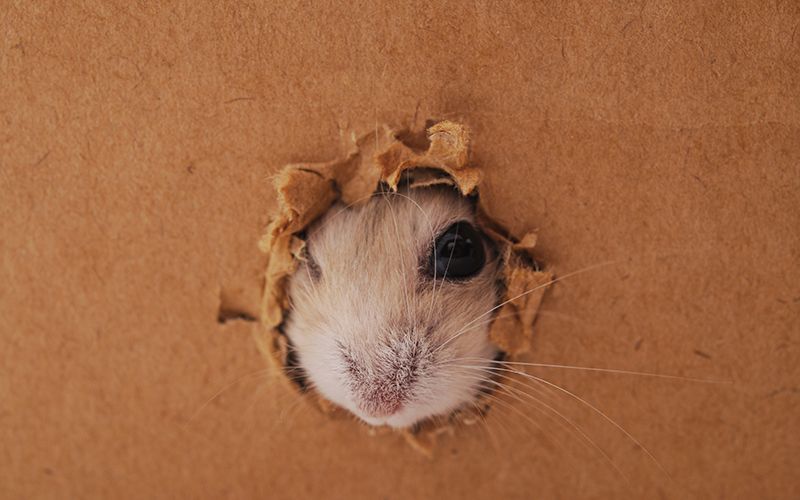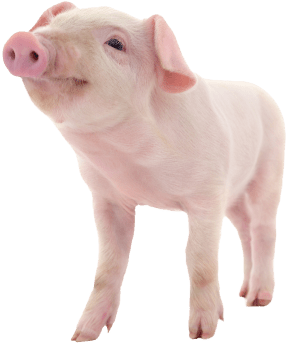
Barnyard Battle: Effective Baiting Strategies for Rodent Control
|
|
Time to read 2 min
 You are being redirected to QC Supply Pharmacy, where you’ll find a wide selection of high-quality prescription and pharmaceutical products for animals of all sizes.
Enjoy the same great service and expertise you trust from QC Supply.
Click below to continue shopping.
Continue
No thanks, stay on the main site
Powered by
You are being redirected to QC Supply Pharmacy, where you’ll find a wide selection of high-quality prescription and pharmaceutical products for animals of all sizes.
Enjoy the same great service and expertise you trust from QC Supply.
Click below to continue shopping.
Continue
No thanks, stay on the main site
Powered by


|
|
Time to read 2 min
When it comes to rodent control on farms and farm pest management, effective baiting strategies are crucial for success. Follow these recommendations to efficiently combat rodent infestations in and around your barn (rodent infestation prevention).
Night Rodent Inspections Perform a night inspection to identify the type of rodent infesting your barn. Since rodents are nocturnal, this is the best time to observe their activities.
Servicing Bait Stations Service bait stations once every two weeks for low to moderate populations, and weekly for moderate to high populations (a key component of integrated pest management).
Supplying Fresh Bait
Regular Bait Replacement: Replace bait every 4 weeks (following a bait replacement schedule), or sooner based on site-specific inspections and rodent population levels. Dispose of old or spoiled bait according to label directions.
Appropriate Placement All bait placements should be within 100 feet of a structure
Use FastDraw, Revolver, Cannon & DoubleTap Soft Baits during warm summer months
Burrow Baiting
Rotating Active Ingredients Employ a 3-4 active ingredient rotation, such as Difethialone, Bromadiolone, Chlorophacinone & Bromethalin. This rotation helps prevent rodents from becoming resistant to any one active ingredient.
Proper Baiting Responsibilities
Adjusting Baiting Frequency If bait stations are empty during checks, increase the frequency of station checks, the bait volume per station (as allowed by the label), or the number of bait stations around the facility.
Biosecurity Considerations Implementing a supplemental baiting program helps maintain biosecurity on your farm by reducing the transmission of diseases to your livestock and ensuring the safety of visitors.
By optimizing your baiting techniques, you can optimize your return on investment for rodent control. Strong rodent control means stronger bottom lines, through mitigating feed loss, damage to infrastructure, and potential health risks to your livestock.
If you still have questions, call us and speak to an expert: 800-433-6340.
Got tips of your own? Comment below.